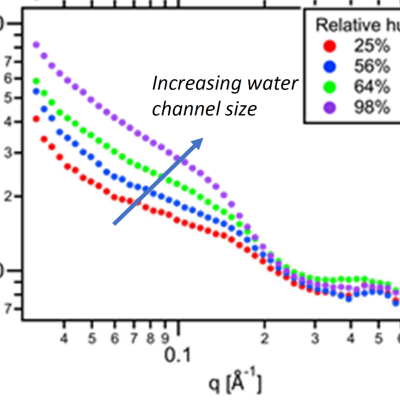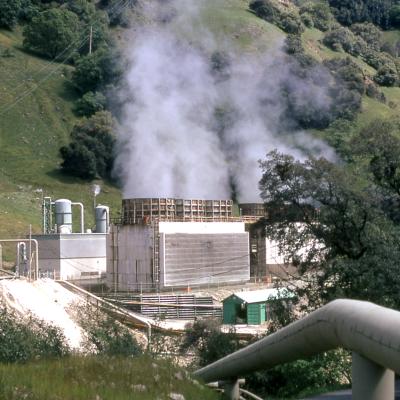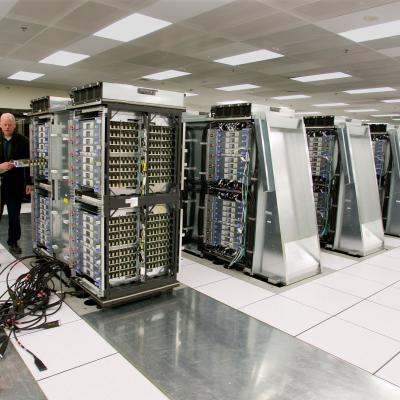LLNL researchers have developed additive manufactured fuel targets for IFE. They have been successful in using TPL to fabricate low density (down to 60 mg/cm3) and low atomic number (CHO) polymeric foams for potential targets, and some have been tested at the OMEGA Laser Facility. With TPL, LLNL researchers have also been able to fabricate a full fuel capsule with diameter of ~ 5mm or…
Keywords
- Show all (56)
- Electric Grid (7)
- Carbon Utilization (6)
- Data Science (5)
- Additive Manufacturing (4)
- Cybersecurity (4)
- Materials for Energy Products (4)
- 3D Printing (3)
- Direct Air Capture (3)
- Imaging Systems (3)
- Analysis (2)
- Computing (2)
- Power Electronics (2)
- Simulation (2)
- Synthesis and Processing (2)
- Inertial Confinement Fusion (ICF) (1)
- Microfabrication (1)
- (-) Inertial Fusion Energy (IFE) (2)
- (-) Geologic Storage (1)
- (-) Information Technology (1)
- (-) Membranes (1)

LLNL researchers have developed a method to enhance the performance of polyelectrolyte membranes by using a humidity-controlled crosslinking process which can be applied to precisely adjust the water channels of the membrane.

This invention configures multiple spherical substrate targets to roll independently of one another. The spheres’ rolling motion is deliberately randomized to promote uniform coating while eliminating the interaction (rubbing, sliding) of adjacent spheres that is present in conventional sphere coating designs. The devices’ novel structure features enable the collimation of depositing…

LLNL has a patented process to produce colloidal silica directly from geothermal fluids. Livermore’s process uses membranes to produce a mono-dispense slurry of colloidal silica particles for which there are several applications. LLNL has demonstrated that colloidal silica solutions that result from extraction of silica from geothermal fluids undergo a transition to a solid gel over a range of…

LLNL has developed a new active memory data reorganization engine. In the simplest case, data can be reorganized within the memory system to present a new view of the data. The new view may be a subset or a rearrangement of the original data. As an example, an array of structures might be more efficiently accessed by a CPU as a structure of arrays. Active memory can assemble an alternative…


